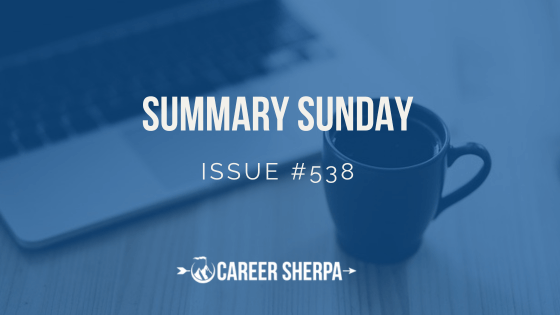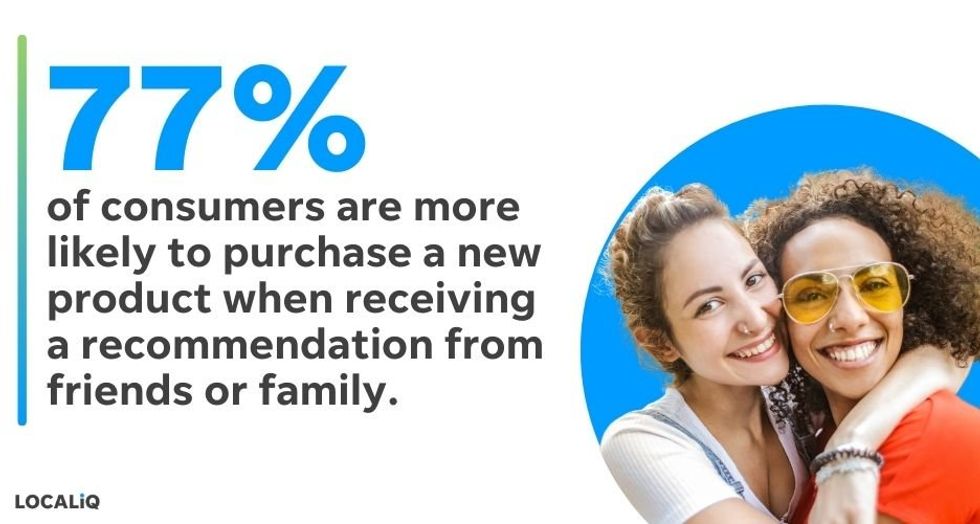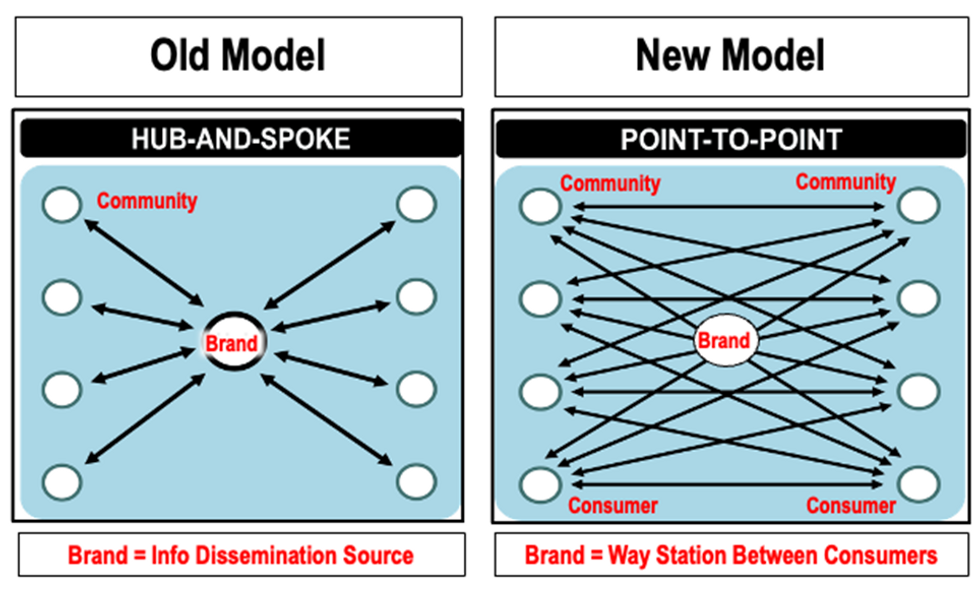
Conflict is an inevitable part of any workplace. Whether it stems from differences in personalities, varying work styles, or competing interests, the ability to effectively resolve conflicts is a critical skill for maintaining a harmonious and productive work environment. What can managers and team members do to effectively resolve workplace conflicts and foster a culture of open communication and cooperation?
We recently asked our leading executives for their best tips on how to resolve conflict at work.
Here are their responses…
Melodie Turk, Learning Experience Executive
Here are a few of my tips for successful resolution:
- Donât wait to deal with conflict. Waiting creates the opportunity for passive-aggressive behavior (on both sides). It also creates the opportunity for the conflict to increase in its negative impact.
- Reflect. Getting clarity with yourself on what you understand the conflict to be, the questions you may have for the other party, and the solutions that may help resolve the conflict will help ground the emotional side and prepare you for a resolution conversation.
- Deal directly. Talk with the person or persons you are having conflict with. Talking with a colleague or supervisor may seem easier but can produce faulty interpretation and miscommunication. It also is an easy path to gossipy behavior.
- Be accountable. Once you hopefully resolve the conflict with another party, give yourself reminders, acknowledge new behavior publicly, record yourselfâdo whatever it is that you need to do to show the other party that you are taking the resolution seriously.
Melodie Turk is a learning experience executive with a unique background in the learning and development arena as well as change management. She is passionate about bringing change to the workplaceâchange that is meaningful and change that will last.
John Schembari, Senior Education Academic And Operations Executive

In line with what Melodie is saying, communication is key in resolving conflict. Communication can come in many forms.
Did we first align our individual goals with an organization’s through the development of a strategic vision? Do we need to reground ourselves around/remind ourselves of our common goals?
Do we have established norms of communication? Have we as a team considered how we will address conflict before it even happens?
Having formal organizational processes for discussing conflict can also be helpful in ensuring that we focus our disagreements on policy implementation rather than on people themselves.
John Schembari is a current K-12 teacher/school leader academic improvement coach and former school building and district administrator. He loves to draw, travel, swing dance, and read nonfiction.
Ana Smith, Leadership Development & Learning Strategist

Resolving conflicts at work is crucial for maintaining a healthy and productive work environment. Here’s a systematic approach to managing and resolving conflicts:
1. Acknowledge the Conflict:
Recognizing there’s an issue is the first step. Ignoring or avoiding conflicts can exacerbate the situation.
2. Open Communication:
- Initiate dialogue: Set up a meeting with the parties involved to discuss the issue.
- Active listening: Ensure that each party feels heard. Listen without interrupting and ask open-ended questions to understand the core of the issue.
3. Identify the Root Cause:
Often the visible conflict is a symptom of a deeper issue. It could be related to:
- Unmet needs
- Differences in values or perceptions
- Miscommunication or misunderstandings
- External work pressures or stress
4. Stay Neutral and Objective:
If you’re mediating the conflict, it’s essential to remain neutral. Do not take sides, and avoid making judgments based on personalities or past incidents.
5. Focus on Interests, Not Positions:
- Positions are what a person says they want.
- Interests are the underlying needs, desires, and fears.
- Focusing on interests can lead to more collaborative and creative solutions.
6. Generate Solutions:
Encourage the involved parties to suggest ways to solve the conflict. Brainstorming can often lead to a mutually acceptable solution.
7. Negotiate a Compromise:
It’s rare that one side will get everything they want. Aim for a solution that addresses the most crucial concerns of all parties.
8. Document Agreements:
Once a resolution is reached, document the agreement. This serves as a reference and ensures accountability.
9. Follow Up:
Set a date to review how things are going after the resolution. It ensures the agreed-upon changes are being implemented and provides an opportunity to address new concerns.
10. Seek External Help:
If internal efforts fail, consider mediation or conflict resolution specialists. Sometimes, an external perspective can provide new insights or methods of resolution.
11. Establish Clear Boundaries and Expectations:
Ensure that job roles, responsibilities, and expectations are clear to prevent future conflicts.
12. Provide Training:
Offer conflict resolution training for employees and managers. This equips them with tools and techniques to manage and prevent conflicts proactively.
13. Promote a Positive Culture:
Foster a work environment based on respect, open communication, and collaboration. Regular team-building exercises can enhance team cohesion and reduce conflicts.
14. Personal Reflection:
If you’re directly involved in the conflict, reflect on your own actions and behaviors. Self-awareness can help in recognizing and addressing personal triggers or biases.
15. Know When to Escalate:
Some conflicts may require intervention from higher-ups or HR. Recognize when an issue is beyond your capacity to resolve and escalate appropriately.
Remember, conflicts are a natural part of any workplace. The key lies in addressing them constructively and ensuring they lead to growth and understanding, rather than persistent issues or negative environments.
Ana Smith helps people & organizations achieve their full talent potential by developing and co-creating people strategies and customized solutions, and turning them into impactful outcomes and collaborative relationships, using coaching as the “red thread.”
Michael Willis, Sports Business Operations Executive

In the dynamic workplace environment, conflicts can arise from time to time. However, leaders must approach this topic with an optimistic and open mindset. Thereâs no one-size-fits-all here. Each conflict resolution must be met on a case-by-case basis. The first step in any solution is to identify the conflict.
1. Listen Actively:
- Encourage open communication within your organization.
- Create an environment where employees feel comfortable raising concerns.
- Pay attention to what employees say and actively listen to their perspectives.
2. Review Complaints and Feedback:
- Regularly review feedback channels such as suggestion boxes, surveys, or anonymous reporting systems.
- Look for recurring themes or patterns in the complaints and feedback.
3. Meet with Key Stakeholders:
- Schedule one-on-one meetings or group discussions with employees involved in or affected by the conflict.
- Ask open-ended questions to understand their viewpoints, concerns, and emotions related to the conflict.
4. Communication Conflicts:
Conflicts can arise when team members misinterpret messages or fail to communicate effectively. Optimistically, these conflicts can encourage improved communication skills, better understanding among colleagues, and the development of more robust relationships.
5. Task Conflicts:
Disagreements about how tasks should be completed or allocating responsibilities can occur. Such conflicts can lead to creative problem-solving, innovative task approaches, and a stronger sense of teamwork as individuals work together to find solutions.
6. Personality Conflicts:
Differences in personalities, working styles, or values can lead to tensions. When handled constructively, these conflicts can foster diversity of thought and perspective, resulting in more well-rounded decision-making and innovative problem-solving.
7. Resource Conflicts:
Disputes over resource allocation, such as budget or equipment, can arise. These conflicts can prompt organizations to reassess their resource management strategies, potentially leading to more efficient and equitable allocation of resources.
8. Leadership Conflicts:
Conflicts related to leadership decisions or management styles can allow leaders to engage in open dialogue with their teams. This can lead to improved leadership practices and a more engaged and motivated workforce.
By following these steps, you’ll understand the conflict’s nature, causes, and context comprehensively. This information will be a solid foundation for developing strategies to resolve conflict effectively and create a more harmonious workplace environment. Remember that open and empathetic communication is critical to resolving disputes successfully.
Michael Willis has 18+ years of experience working with accounting & sports organizations and has managed P&Ls of $10M – $125M+ with budgets of $3M-$50M+. He worked for the NFL for 22 1/2 years, mainly with the game officials working on the financial/accounting side of the business.
Lynn Holland, GTM & Rev Gen Consultant

Conflict in the workplace is the worst! Despite wearing a team playerâs jersey, we can find ourselves experiencing sleepless nights, dreading Monday mornings, and feeling exhausted by stress, anxiety, and emotional turmoil due to an office disagreement that we didnât go looking for.
Rather than letting it linger, drawing in co-workers to take sides, or blowing it up with management, Iâve found four steps to be helpful to proactively pursue and achieve a resolution:
- Acknowledge that you are in a disagreement or conflict in your workplace.
- Pursue a conversation with the person who disagrees, stepping back from your position and asking for them to share their viewpoint on the process or project in question while genuinely listening with an open mind to where they are coming from.
- Recognize that you want whatâs best for the organization and assume they do as well.
- Ask yourself how you can put their ideas and your ideas together and present them for execution to get an even better result.
Following these steps can help resolve the disagreement without drama, make the co-worker feel heard, and achieve a better outcome that is in the best interest of the company.
Lynn Holland is a business development, enterprise sales, and marketing executive with 18+ years of experience, the last five years in technology, developing, taking to market, and selling directly and through partnerships, B2B technology solutions, technical products, and services for companies up to $5 billion.
Lisa Perry, Global Marketing Executive

I recently worked at a start-up where an individual was so upset with a colleague and felt justified to let them know by screaming at them in the hallway, where everyone could hear until they stormed out of the building. This incident taught me several valuable lessons about conflict resolution in the workplace.
Stay Calm: In the midst of conflict, maintaining composure is vital. By staying calm and removing emotion, you can take an objective step back to evaluate the situation effectively and find constructive solutions. Most importantly, it will make the people around you feel safe, secure, and confident in your leadership.
Be a Great Listener: Why is this so important? Eighty-six percent of employees and executives cite workplace failures for ineffective collaboration and communication. Listening is critical for conflict resolution because people want to be heard. Let them talk and allow them to express their frustrations. Understanding their perspective is essential. Here are several questions to help you seek to understand the driving motivations behind the issues, whether you are directly involved in the conflict or not:
- Can you tell me more about your perspective?
- What would you like to see happen, and what does success look like for you?
- What steps are necessary to move forward, and how can we achieve them?
- Consider your involvement in the conflict and how you can improve the relationships and communications through changes in your actions.
Foster Collaboration: Promote a collaborative problem-solving approach to demonstrate that you have their best interest at heart. Once the underlying issues have been identified, bring everyone together to brainstorm the best path forward. This approach encourages collective ownership, enhancing the likelihood of successful solutions.
By staying calm, actively listening, and fostering collaboration, organizations can transform conflicts into opportunities for growth, creating a harmonious and productive work environment for all. If you found this helpful, I invite you to explore my book How to Develop a Brand Strategy and insightful brand marketing articles.
Lisa Perry helps companies drive revenue by using consumer trends, insights, and data analytics to innovate their approach to marketing.
How do you effectively resolve conflict at work? Join the conversation inside Work It Daily’s Executive Program.



































